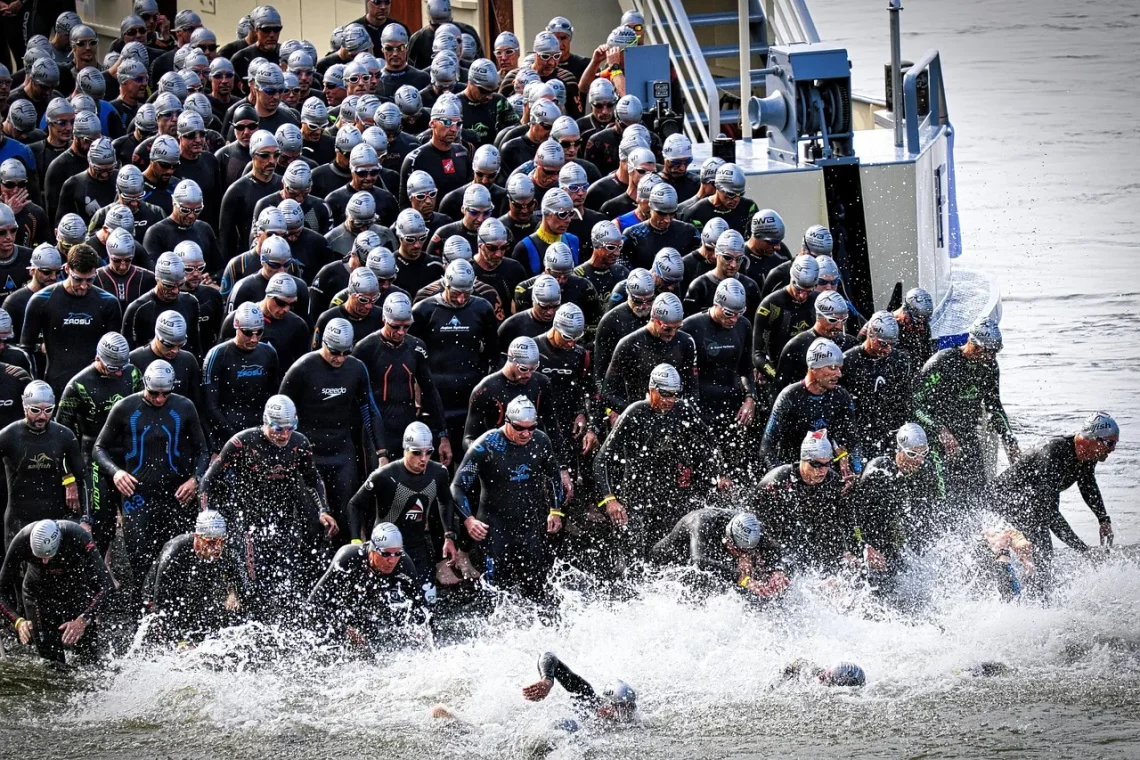
Essential Training Tips for a Successful Sprint Triathlon
Embarking on a sprint triathlon journey is an exhilarating experience that combines swimming, cycling, and running into one thrilling race. This multi-discipline event challenges not only your physical endurance but also your mental fortitude. Whether you are a seasoned athlete or a beginner, preparing for a sprint triathlon requires dedication, strategic training, and a comprehensive understanding of each segment of the race. The excitement of crossing the finish line, the camaraderie with fellow competitors, and the sheer joy of pushing your limits make the effort worthwhile.
The sprint triathlon typically consists of a 750-meter swim, a 20-kilometer bike ride, and a 5-kilometer run. Each of these components requires specific training techniques, nutrition strategies, and recovery practices. As you dive into your preparation, it’s essential to establish a solid foundation that will not only enhance your performance but also reduce the risk of injury. Balancing your training schedule, understanding the importance of rest, and mastering transitions are all crucial elements that contribute to a successful race day.
To truly excel in a sprint triathlon, you must approach your training holistically, integrating swimming, cycling, and running while also focusing on your overall health and well-being. Let’s explore some essential training tips that can help you navigate this exciting challenge effectively.
Building a Structured Training Plan
Creating a structured training plan is fundamental for any sprint triathlete. A well-designed plan allows you to balance the three disciplines while ensuring adequate recovery. Start by assessing your current fitness level, then set realistic goals based on your experience and the time you have available for training.
Your training plan should typically span several weeks or months, depending on your starting point. Incorporate a mix of endurance, speed, and strength workouts for all three disciplines. For instance, allocate specific days for swimming, cycling, and running, and consider including brick workouts, where you train two disciplines back-to-back. This not only mimics race conditions but also helps your body adapt to the transitions.
Don’t forget to include rest days; they are just as crucial as training days. Recovery allows your muscles to repair and grow stronger. Incorporate cross-training activities such as yoga or strength training to enhance your overall fitness and prevent overuse injuries.
Finally, keep track of your progress. Use a training log or an app to monitor your workouts, noting what works well and what doesn’t. Adjust your plan as necessary based on your performance and how your body responds to training. A structured approach will provide a solid foundation for building the endurance and strength needed for your sprint triathlon.
Mastering the Art of Swimming
Swimming is often considered the most technically challenging leg of a triathlon. To excel in this discipline, focus on improving your technique, efficiency, and comfort in the water. Begin by refining your stroke mechanics. Work with a coach or attend swim clinics to receive feedback on your form. Key aspects to pay attention to include body position, breathing technique, and kick efficiency.
Incorporate different types of workouts into your swimming routine. Include interval training, which involves swimming specific distances at varying speeds, as well as endurance swims to build stamina. Open water practice is vital, as it simulates race conditions more accurately than a pool. Learn how to navigate, sight, and deal with the potential chaos of a mass start.
Additionally, consider incorporating strength training focused on your core and upper body. A strong core supports better body position in the water, while upper body strength aids in powerful strokes. Resistance bands can be particularly effective for swim-specific strength training.
Lastly, practice your transitions from swimming to cycling. This segment can be disorienting, so rehearsing it will help you remain calm and efficient on race day. Remember, the swim portion is just the beginning; mastering it will set the tone for the rest of your triathlon.
Effective Cycling Techniques
Cycling is the longest segment of a sprint triathlon, making it critical to your overall performance. To prepare effectively, focus on building both endurance and speed. Regularly include long rides in your training, gradually increasing the distance to build stamina. Also, incorporate tempo and interval rides to improve your speed and power.
Understanding your bike and how to maintain it is essential. Ensure your bike is properly fitted to your body to avoid discomfort and potential injuries. Regular maintenance checks will keep your bike in optimal condition, reducing the risk of mechanical failures on race day.
Practicing transitions between cycling and running, known as “brick workouts,” is also essential. These workouts help your legs adjust to the sudden switch from cycling to running, which can feel challenging if not practiced. Aim for at least a few brick workouts throughout your training cycle.
Don’t underestimate the importance of nutrition during your cycling sessions. Learn to fuel your body effectively before and during long rides. Experiment with different energy gels, bars, and hydration strategies to find what works best for you.
Finally, consider the mental aspect of cycling. Visualization techniques can help you prepare for the race mentally, allowing you to envision yourself successfully completing the cycling leg with confidence.
Running with Endurance and Speed
The final leg of the sprint triathlon is the run, which can be both exhilarating and daunting. To run effectively after two other disciplines, you need to develop a strong running base and incorporate specific training techniques. Start by focusing on your running form, ensuring you maintain an efficient stride and posture to minimize fatigue.
Incorporate various types of runs into your training, such as long runs to build endurance, tempo runs to develop speed, and interval training to improve your overall pace. Hill workouts are also beneficial, as they enhance strength and power, which are crucial for maintaining speed later in the race.
As you approach race day, practice running off the bike during brick workouts to simulate the transition from cycling to running. This practice will help your body adapt to the unique sensations of running after biking, allowing you to find your rhythm more quickly on race day.
Nutrition is also vital during the running segment. Hydrate adequately before and after your runs, and consider practicing your fueling strategy during training to find out what works best for you.
Lastly, don’t forget about mental preparation. Running can be as much a mental challenge as it is a physical one. Develop strategies to stay focused and motivated, particularly during the last stretches of the race. Positive self-talk and visualization can significantly enhance your performance.
In conclusion, preparing for a sprint triathlon requires a balanced approach that encompasses all three disciplines while fostering a strong sense of mental resilience. By following a structured training plan, mastering each segment, and honing your techniques, you can set yourself up for a successful race day experience.
*Disclaimer: This article is not a substitute for professional medical advice. Always consult a physician or qualified healthcare provider for any health-related concerns or conditions.*




